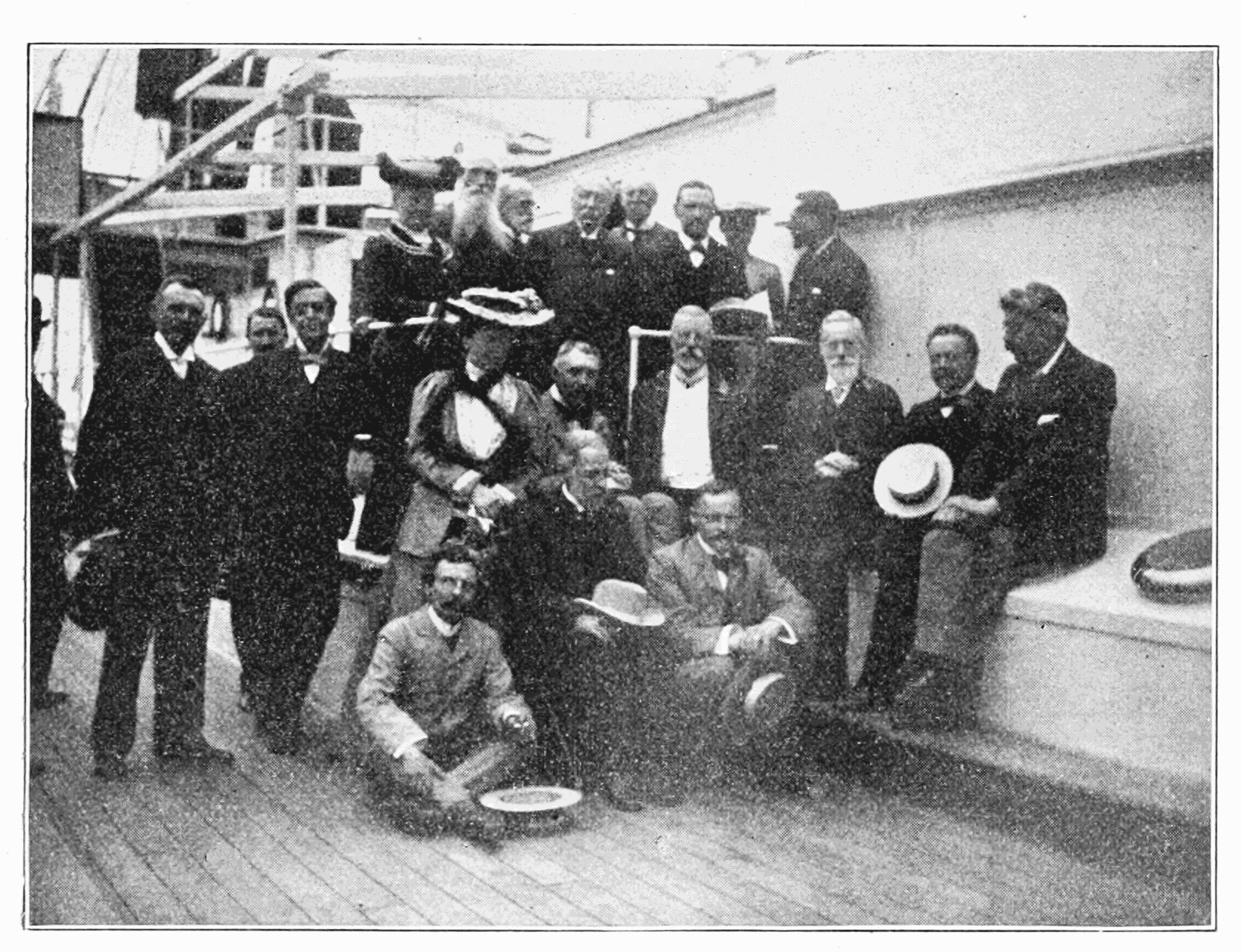|
Corella Willmeriana
''Corella willmeriana'' is a solitary tunicate in the family Corellidae. It is native to the eastern Pacific Ocean where it lives on the seabed at depths down to about between Alaska and California. Description Solitary, sessile tunicate. Incurrent and excurrent siphons directed upwards, away from substratum. Without dorsal nerve cord as adult. Identification Solitary ascidians (not reproducing by budding), but not embedded in a common tunic. Individual is usually more than 1 cm in diameter. Tunic transparent or translucent. Attached to a firm substratum. Body is taller than wide. Oral and atrial siphons about the same length. Tunic smooth or irregularly wrinkled. Body not much taller than wide; tunic transparent and colorless; longitudinal muscle bands not obvious beneath the tunic; oral and atrial apertures not borne on distinct siphons. Rectum more than three-fourths the height of the body; atrium not expanded into a pocket in which embryos are brooded. Rep ... [...More Info...] [...Related Items...] OR: [Wikipedia] [Google] [Baidu] |
William Abbott Herdman
Sir William Abbott Herdman Royal Society of London, FRS Fellow of the Royal Society of Edinburgh, FRSE FLS (5 September 1858, Edinburgh – 21 July 1924) was a Scottish marine zoologist and oceanographer. His zoological author abbreviation is Herdman. Early life and education He was born in Edinburgh the son of the artist Robert Herdman RSA and his wife, Emma Abbott. They lived at 32 Danube Street. He was educated at Edinburgh Academy from 1870 to 1875. Academic career Archibald Geikie taught him geology during his time at the University of Edinburgh. Herdman graduated BSc in 1879 and became the assistant of Sir Charles Wyville Thomson. In this capacity he was placed as Secretary to the Challenger Expedition Commission: overseeing the deciphering of the huge catalogue of information found during this important exploration. In 1880, he became Demonstrator of Zoology at the University of Edinburgh and then, in 1881, the first holder of the Derby Chair of Natural history ... [...More Info...] [...Related Items...] OR: [Wikipedia] [Google] [Baidu] |
Corellidae
Corellidae is a family of sea squirts belonging to the order Phlebobranchia. Genera The World Register of Marine Species The World Register of Marine Species (WoRMS) is a taxonomic database that aims to provide an authoritative and comprehensive catalogue and list of names of marine organisms. Content The content of the registry is edited and maintained by scien ... includes the following genera in this family: *'' Abyssascidia'' Herdman, 1880 *'' Chelyosoma'' Broderip & Sowerby, 1830 *'' Clatripes'' Monniot F. & Monniot C., 1976 *'' Corella'' Alder & Hancock, 1870 *'' Corelloides'' Oka, 1926 *'' Corellopsis'' Hartmeyer, 1903 *'' Corynascidia'' Herdman, 1882 *'' Dextrogaster'' Monniot F., 1962 *'' Mysterascidia'' Monniot C. & Monniot F., 1982 *'' Rhodosoma'' Ehrenberg, 1828 *'' Xenobranchion'' Ärnbäck-Christie-Linde, 1950 References Phlebobranchia Tunicate families {{tunicata-stub ... [...More Info...] [...Related Items...] OR: [Wikipedia] [Google] [Baidu] |
Corella Willmeriana Aboral
{{Disambiguation, geo, surname ...
Corella may refer to: Biology *Corella (bird), a member of a group of cockatoos from the subgenus ''Licmetis'' * ''Corella'' (journal), the journal of the Australian Bird Study Association, formerly called ''Australian Bird Bander'' * ''Corella'' (tunicate), a genus of sea squirts * Corella, a pear cultivar People *Ángel Corella, dancer with American Ballet Theatre *Corrella, New Zealand roots reggae band Places *Corella, Bohol, Philippines *New Corella, Davao del Norte, Philippines *Corella, Queensland, a locality in the Gympie Region, Queensland, Australia *Corella, Spain *Corella, Italy Corella is a village (frazione) of the comune of Dicomano, Metropolitan City of Florence, central Italy. The village is located in a valley of the Apennines, about 50 km from Florence. Andrea del Castagno lived in Corella during the war betwe ... [...More Info...] [...Related Items...] OR: [Wikipedia] [Google] [Baidu] |
Phlebobranchia
Phlebobranchia is an order of sea squirts in the class Ascidiacea, first described by Fernando Lahille in 1886. Characteristics The group includes both colonial and solitary animals. They are distinguished from other sea squirts by the presence of longitudinal vessels in the pharyngeal basket. This provides the etymology of their name: in ancient greek, means "blood vessel". Another characteristic of phlebobranchians is the gonad A gonad, sex gland, or reproductive gland is a Heterocrine gland, mixed gland and sex organ that produces the gametes and sex hormones of an organism. Female reproductive cells are egg cells, and male reproductive cells are sperm. The male gon ...s being surrounded by a loop of gut. The posterior part of the abdomen is absent, and many species also lack the epicardial cavity that surrounds the heart and other internal organs in many other sea squirts. Taxonomy * ?† Permosomidae ** ?†'' Permosoma tunicatum'' Jaekel 1915 'Sphaerospongia pe ... [...More Info...] [...Related Items...] OR: [Wikipedia] [Google] [Baidu] |
Animals Described In 1898
Animals are multicellular, eukaryotic organisms in the biological kingdom Animalia (). With few exceptions, animals consume organic material, breathe oxygen, have myocytes and are able to move, can reproduce sexually, and grow from a hollow sphere of cells, the blastula, during embryonic development. Animals form a clade, meaning that they arose from a single common ancestor. Over 1.5 million living animal species have been described, of which around 1.05 million are insects, over 85,000 are molluscs, and around 65,000 are vertebrates. It has been estimated there are as many as 7.77 million animal species on Earth. Animal body lengths range from to . They have complex ecologies and interactions with each other and their environments, forming intricate food webs. The scientific study of animals is known as zoology, and the study of animal behaviour is known as ethology. The animal kingdom is divided into five major clades, namely Porifera, Ctenophora, Placozoa, Cni ... [...More Info...] [...Related Items...] OR: [Wikipedia] [Google] [Baidu] |

